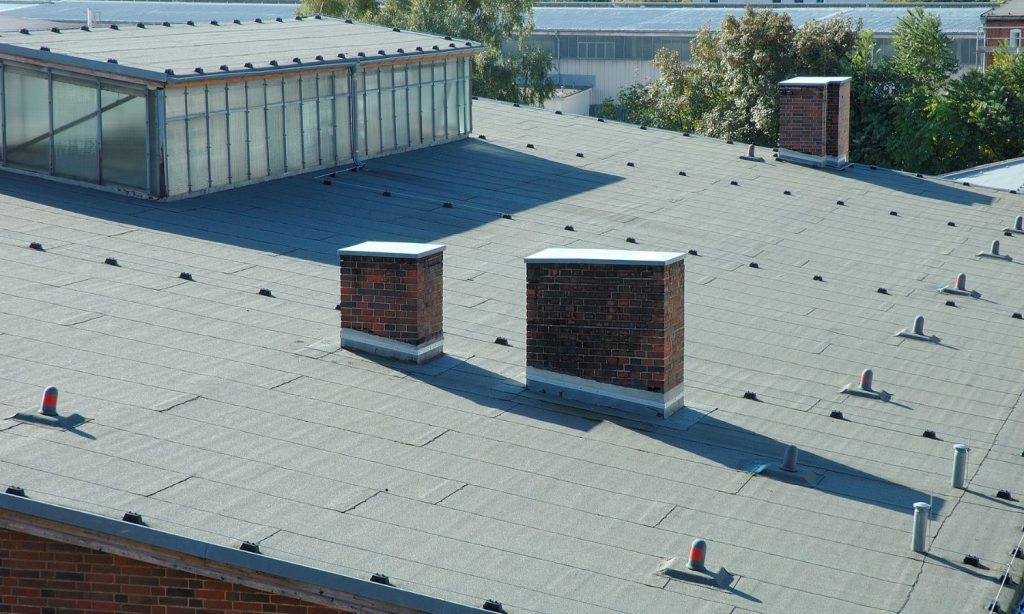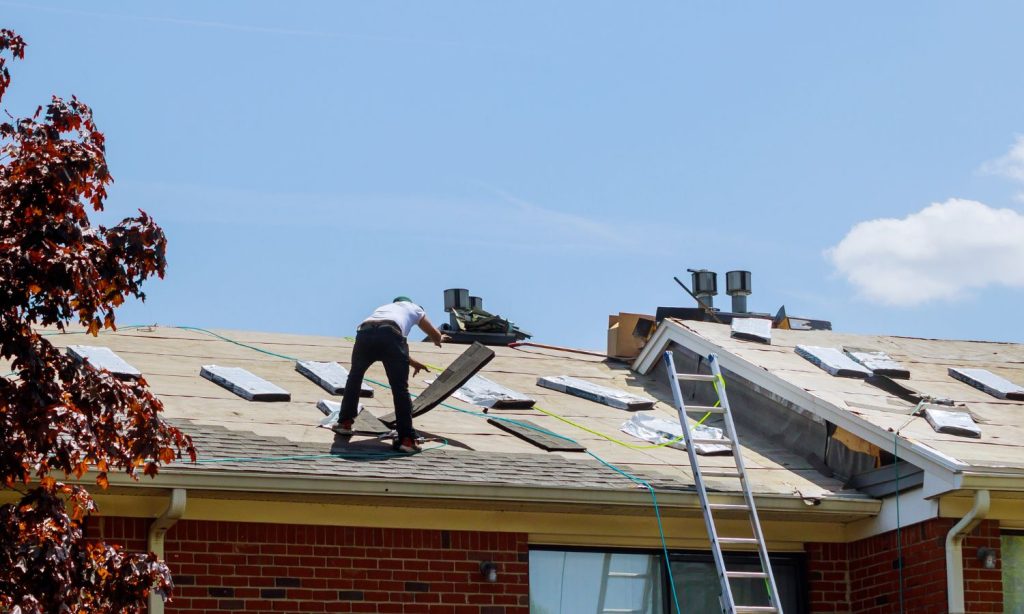Metal roofing looks sharp, lasts forever, and flexes real durability – but small details make a big difference. One of those details? Closure strips.
They’re the quiet heroes keeping out rain, wind, and bugs while giving your panels that snug, finished fit. Skip them, and you might end up with rattling sheets or surprise leaks after the first storm.
If you’re wondering whether you actually need them for your roof, you’re in the right place. Let’s break down what closure strips do, when they’re non-negotiable, and how to install them like a pro without the extra stress.
What’s the main role of closure strips in metal roofing?
Closure strips seal gaps between metal roofing panels to block moisture, wind, and pests, ensuring a tight, quiet, and weatherproof fit.
Key Takeaways
- Closure strips seal gaps in metal roofing panels, keeping out rain, wind, and pests.
- They’re essential for preventing leaks, noise, and roof damage.
- Foam, rubber, and ventilated types fit different roofing needs.
- Proper placement at eaves and ridges ensures a tight seal.
- Regular checks keep your roof weatherproof and long-lasting.
What Are Closure Strips in Metal Roofing?
Closure strips are small foam or rubber pieces that seal the gaps between metal roofing panels and the surface underneath. Each metal panel has a wavy profile, and these strips are shaped to fit perfectly into those curves.
They keep out rain, dust, insects, and drafts that can sneak in through open ridges or eaves. You’ll usually find them placed under the panels at the eaves and over the panels at the ridges.
Think of closure strips as the quiet MVPs of your roof setup, giving your metal roofing a tighter fit, cleaner look, and better protection over time.
Purpose of Closure Strips – Why They’re Important
Closure strips are the small detail that keeps your metal roofing tight, quiet, and weather-ready. They sit under and over the metal panels, sealing the gaps created by the panel’s ridges. Without them, wind and rain can sneak through those spaces and mess with your insulation or framing.
Think of closure strips as your roof’s bodyguards. They block out pests, moisture, and drafts, keeping your building cleaner and longer-lasting. They also help your roof panels sit snug, reducing rattling or vibration when strong winds hit.
In short, closure strips protect the investment you made in your metal roofing. They make sure everything fits right, stays sealed, and performs the way it should, no matter the weather.
Types of Closure Strips Used in Metal Roofs
Foam Closure Strips
These are the go-to choice for most metal roofing projects. Made from durable foam, they fit snugly between the roof panels to block rain, wind, and pests. They’re lightweight, easy to install, and flexible enough to match the panel’s shape.
Rubber Closure Strips
If you need something tougher, rubber strips step in. They seal tight against moisture and temperature swings, making them a smart pick for commercial or industrial metal roofs where durability matters most.
Ventilated Closure Strips
Think of these as the breathable version. They allow airflow under your panels while keeping water and debris out. It’s the ideal choice when you want to balance roof ventilation and weather protection.
Where to Install Closure Strips on a Metal Roof
Closure strips go anywhere air, water, or pests could sneak through. You’ll usually install them at the eaves and ridge, right where the roof panels meet the trim. That tight seal keeps weather out and gives the roof a clean finish.
If your roof has transitions, like valleys or end walls, add strips there too for extra protection. Always line them up with the panel’s profile so they fit snugly. Think of them as the quiet heroes of your metal roofing setup, doing all the work while staying out of sight.
What Happens If You Skip Closure Strips
Skipping closure strips might seem like a small thing, but it can cause big headaches later. Without them, gaps form between your metal roofing panels and the roof frame, letting in rain, dust, and even small critters.
Water leaks can creep under the panels, leading to mold or rust. Over time, wind can also lift the edges, creating annoying rattles and damage. If you’re investing in a solid roof, don’t cheap out on the small details. Closure strips are that quiet cheat code that keeps your roof tight, quiet, and sealed for years.
How to Choose the Right Closure Strips
Match Your Roof Profile
Start by checking the shape of your metal roofing panels. Each profile has its own contour, and your closure strips need to fit snugly into those grooves to block air, water, and critters.
Pick the Right Material
Foam closure strips are the go-to for most homes because they’re flexible and easy to install. Rubber or PVC versions offer better durability if your roof faces heavy rain or sunlight year-round.
Mind the Placement
Use closures both at the ridge and the eave for full coverage. Skipping either side can lead to leaks or unwanted noise when the wind hits. Think of it as giving your roof that perfect seal finish.
DIY vs. Professional Installation: What’s Better?
Going the DIY Route
If you’ve got the tools and time, installing closure strips yourself can save cash. The process isn’t rocket science, but it does demand patience and precision. One wrong alignment and you might end up with gaps that invite leaks or pests.
Why Pros Might Be Worth It
Hiring a roofing pro means the job’s done fast and right the first time. They know how to seal tight and match strips to your metal roofing panels perfectly. Plus, they bring warranties and zero guesswork.
Bottom Line
If you’re confident with tools, go for it. But if you want peace of mind and a flawless finish, calling in the pros is the smarter move.
Maintenance Tips for Roof Closure Strips
Check for Gaps and Wear: Every few months, take a quick look at your roof edges. If you spot cracks, loose strips, or daylight peeking through, it’s time for a quick fix.
Keep It Clean: Leaves, dirt, or bird nests can mess with how snug the strips sit. A soft brush or low-pressure rinse keeps things tight and tidy.
Replace When Needed: Closure strips don’t last forever. If they’re brittle or warped, swap them out. It’s a cheap way to keep your metal roofing drip-free and looking sharp.
FAQs
1. Do I really need closure strips for metal roofing?
Yes, you do. Closure strips seal the gaps under your panels, blocking water, insects, and debris from sneaking in. Without them, your roof’s lifespan and comfort can take a hit.
2. Where should closure strips go?
They’re usually placed under the panels at the eaves and ridge, where metal meets open air. Think of them as your roof’s “gap fillers” that keep things tight and weatherproof.
3. Can I install closure strips myself?
Absolutely. They’re simple to cut and press into place, just make sure you match the strip pattern to your panel’s profile for a snug fit.
4. Do closure strips affect ventilation?
Not if installed right. They block unwanted airflow while letting your ridge vents do their job, keeping your attic breathing easy.
Conclusion
Closure strips might seem small, but they make a big difference in keeping your metal roofing tight, quiet, and weatherproof. Without them, wind, rain, and pests can sneak in where panels meet. If you’re spending good money on metal roofing, don’t skip this simple step. It’s the cheat code for a clean finish that lasts. Get them installed right, and your roof’s not just covered, it’s locked in.





